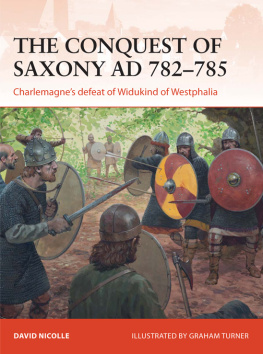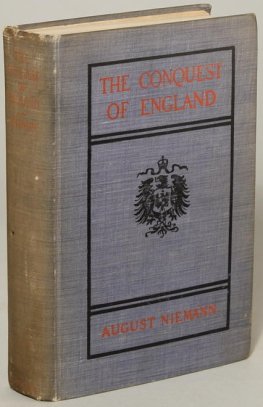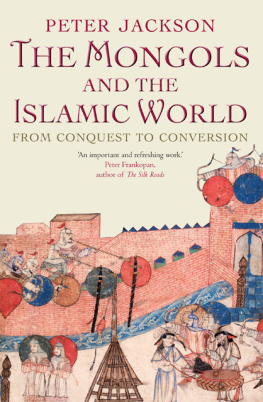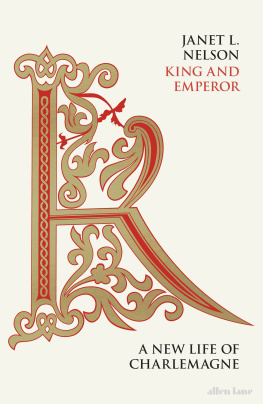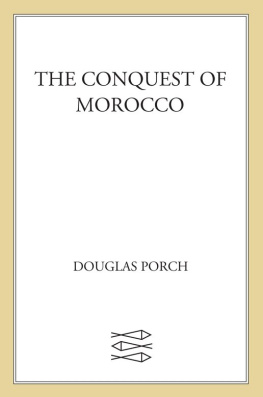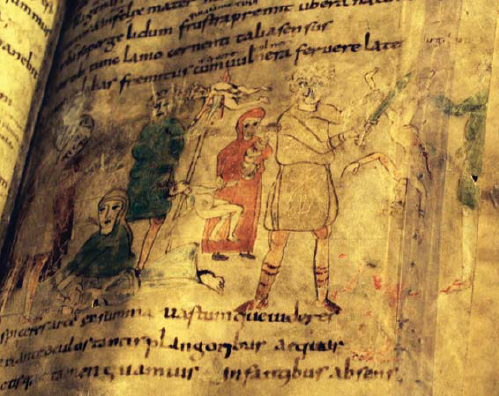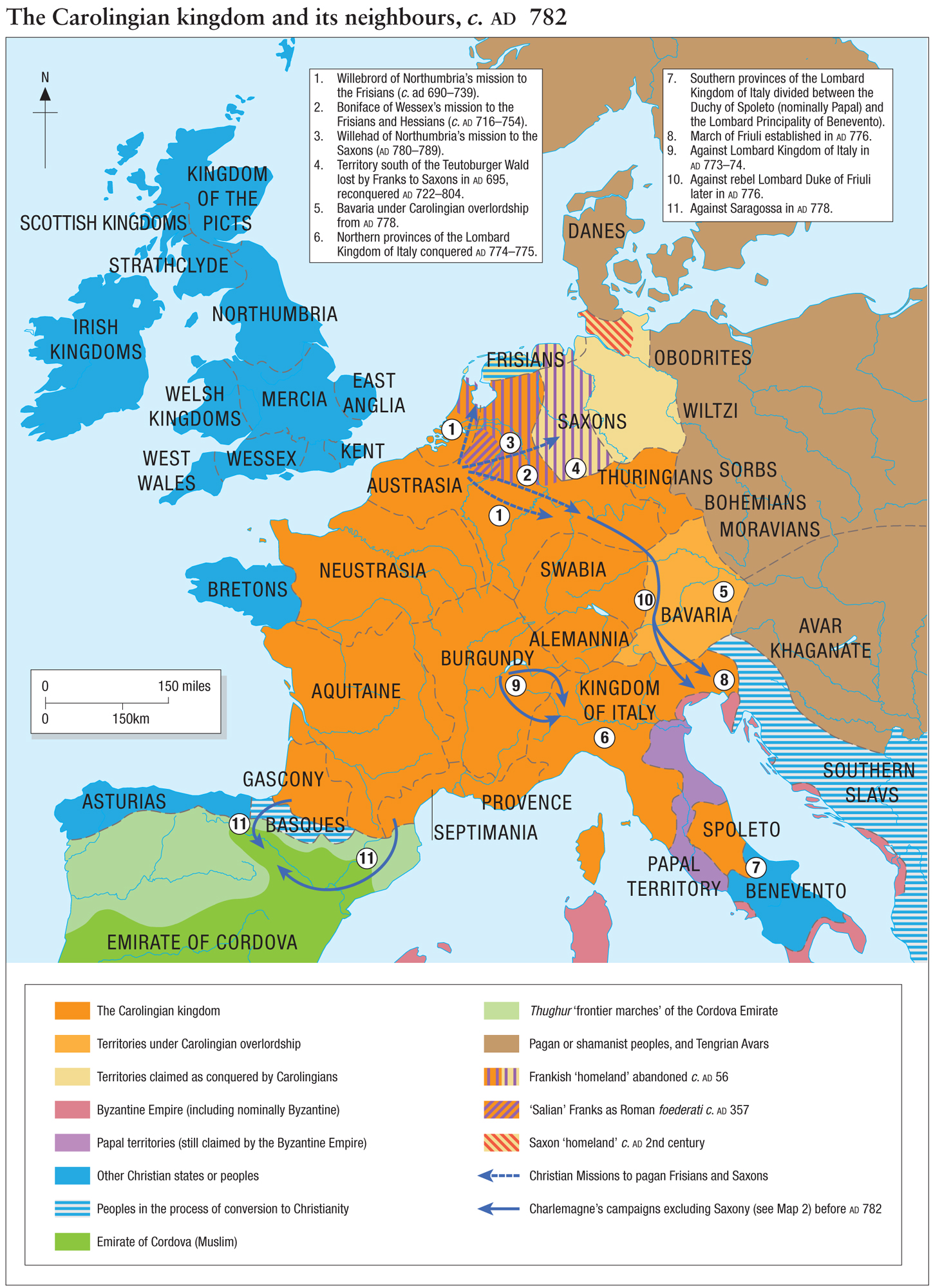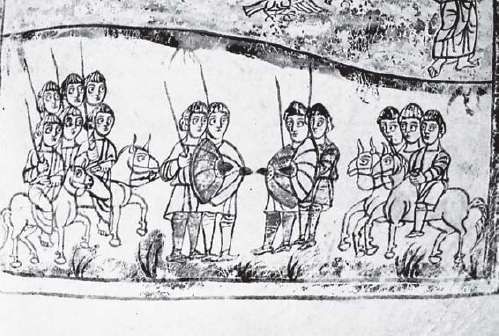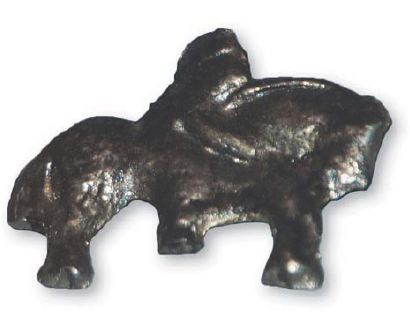CAMPAIGN 271
THE CONQUEST OF SAXONY AD 782785
Charlemagnes defeat of Widukind of Westphalia
| DAVID NICOLLE | ILLUSTRATED BY GRAHAM TURNER |
Series editor Marcus Cowper
CONTENTS
INTRODUCTION: FRANKS AND SAXONS
The passionate nationalisms of the 19th and 20th centuries cast their shadow over many aspects of history, none more so than the relationship between the peoples of France and Germany. Largely meaningless issues of ethnic origin, and rather more interesting questions of precisely who lived where and when, still preoccupy many scholars. What can be stated with reasonable certainty is that, following the so-called Age of Migrations which itself both caused and resulted from the collapse of the western half of the ancient Roman Empire a significant new dividing line emerged across Europe. The major cultural frontier within Europe was no longer between the civilized Mediterranean world and the barbarian north, but between a largely Latin-Germanic west and a largely Slavic east.
The town side of the Porta Nigra in Trier, a late 2nd-century Roman city gate, which continued to dominate the early medieval Carolingian town. (Authors photograph)
Yet this supposed cultural border always remained blurred, with large areas of mixed Germanic and Slav speakers as well as other peoples who spoke languages related to neither of these, or indeed to Latin. Then, as Christianity spread, either through peaceful persuasion or the power of the sword, some Slavic peoples found themselves Catholic while others found themselves Orthodox. Until the Reformation in the latter decades of the Middle Ages, the Germanic peoples were fully within the Catholic camp. However, this only followed a substantial period during the early Middle Ages when the spread of Christianity seemed to stop, leaving many Frisians, the German Saxons and all the Scandinavian peoples clinging to a form of paganism which they shared to a remarkable degree. By then most of the Germanic-speaking peoples who had overrun so much once-Roman territory had gone on to adopt the Latin-based tongues of their overwhelmingly Christian subjects. The main exception was, of course, Anglo-Saxon England. Here both Latin and Celtic languages were almost obliterated while the existing late Roman Christianity was so enfeebled that Christianity had to be reintroduced after a considerable period of Germanic pagan domination. Thereafter the linguistic boundaries within Europe remained remarkably stable, surviving, in fact, to the present day.
Of those ill-named Barbarian Kingdoms which succeeded the Western Roman Empire, that of the Franks emerged as the largest and most powerful, giving its name, of course, to the nation of France. Nevertheless, most of what had been the heartlands of the initially Merovingian and latterly Carolingian Frankish state and subsequently empire remained German, Flemish, Dutch or Luxembourgish though also incorporating significant French-speaking regions of Belgium and north-eastern France.
While the Franks and several other Germanic peoples had been establishing extensive, though sometimes ephemeral states far beyond what is now Germany, the majority of those Saxons who did not cross the sea to share in the creation of Anglo-Saxon England pushed southwards. In so doing they gradually expanded their territory from a small area on the frontier of present-day Germany and Denmark. How much of this process was done by conquest, or by absorbing existing Germanic tribes, or by occupying lands largely vacated by others who had migrated elsewhere, remains unknown. Suffice to say that by the 8th century AD these Old Saxons inhabited most of the territory between the Lower Rhine and Lower Elbe rivers, and the ranges of hills or small mountains in central Germany. Although by now largely landlocked, these Old Saxons still inhabited the western part of Germanys Baltic coast and, perhaps, part of its North Sea coast though this latter was mainly home to the related and maritime-oriented Frisians.
East of these Saxon tribes were various Slavic people, Abodrites, Wiltzi and Sorbs. Their southern neighbours included Thuringians, whom legend suggests had been the primary losers to earlier Saxon expansion though they were now a partially assimilated people within the Frankish state. To their west were Hessians and Franconians who were fully assimilated peoples of the Austrasian Frankish sub-kingdom of the now vast Kingdom of the Franks. The Franks themselves had, in fact, previously lost much of their original homeland to the Saxons at the very start of the Age of Migrations. Many of the Saxons north-western neighbours, the Frisians, were by now similarly within the Frankish state and were at least in the process of converting to Christianity. Meanwhile many other Frisians retained both their independence and their paganism.
A simple drawing of unarmoured cavalry and infantry bearing shields in an 8th-century, early Carolingian copy of the Apocalypse. (Ms. 31, Stadtbibliothek, Trier)
Here it is important to understand that the identities of these medieval gens or peoples were not ethnic in the modern sense. They were merely a form of self and group identification, which rarely expressed any real sense of superiority over other gens. Nor was there as yet any conclusive association between states under one ruling dynasty and the gens, of which there were often more than one, within that state. The concept of the nation-state had, of course, yet to impose itself upon the world.
Each of the main Germanic peoples also had its own origin myths, partially reflecting its own traditions and partly invented by southern churchmen or scholars who sought to incorporate these mysterious newcomers into the world of Mediterranean history and legend. Thus the Franks first appear in written Roman historical records in the 3rd century AD as a confederation of Germanic tribes, living along the lower and middle Rhine River. Some of them raided Roman territory while others sought service with the Roman army as laeti or allies. By the mid-4th century AD one group, known to the Romans as the Salian Franks, had established a virtually autonomous kingdom within the Roman frontier. As the Western Roman Empire collapsed in the 5th century AD , these Salians united under the Merovingian dynasty and conquered most of Gaul (France) as well as the ex-Roman provinces of Raetia, Germania Superior and part of Germania Magna.
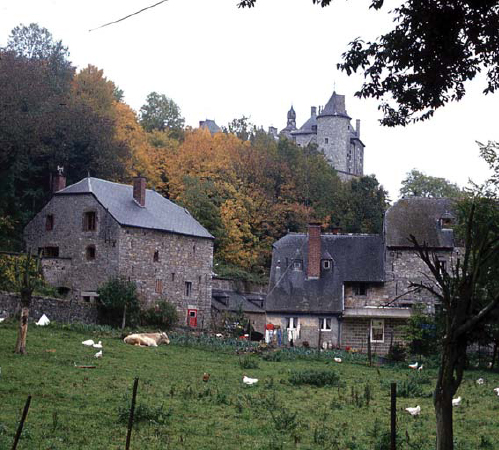
The Meuse (Maas) Valley near Dinant in southern Belgium. During the 8th century AD this area formed part of the military heartland of the Carolingian state. (Authors photograph)

